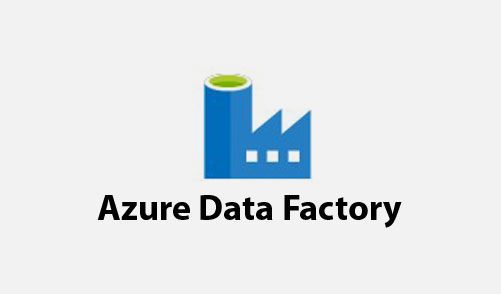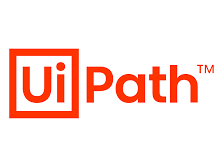salary for azure data factory and Devops
salary for Azure Data Factory and DevOps: Azure Data Factory is a cloud-based ETL and data integration service that enables us to build data-driven pipelines for orchestrating data movement and data transformation at scale.
We’ll learn about the Microsoft Azure Data Factory service in this blog. We can use this service to combine data from multiple sources, reformat it into analytical models, and save these models for future querying, visualization, and reporting.

Mature development teams automate CI/CD early in the development process because the effort required to build and manage the CI/CD infrastructure is well compensated by the gains in cycle time and defect reduction.
Background:
salary for Azure data factory and DevOps: While most CI/CD references focus on software applications delivered via application servers or container platforms, CI/CD concepts apply to any PaaS infrastructure, such as data pipelines. In general, a CI/CD pipeline for a PaaS environment should include the following components:
Integrate the deployment of an entire Azure environment (including storage accounts, data factories, and databases, for example) into a single pipeline or a cohesive set of interdependent pipelines.
Completely outfit environments, including resources and notebooks
Manage both service identities and credentials.
Execute integration and smoke tests. For over a decade, I’ve been building and running continuous integration pipelines, and I’m very excited about how the cloud reduces much of the friction seen in traditional environments. To contrast some of the benefits of the cloud with some (true) pain points I have experienced in my previous career.
As managed services, the CI/CD infrastructure, including the build agents, is available. Capacity and memory limits on shared environments, as well as the headaches and downtime associated with CI infrastructure upgrades, are no longer an issue. Azure was built with CI/CD in mind, and all resources can be deployed and provisioned via APIs. These APIs are protected by enterprise-grade security. No more pleading with the system administrator to create a virtual machine, which he would do using a GUI, resulting in a slightly different configuration each time… and having to return the next day to request more than 50 GB of disc space.
There is a complete set of services and configurations available.
What Exactly Is Azure Data Factory? (ADF)
The Azure Data Factory service is classified as a data integration service.
The goal of Azure Data Factory is to retrieve data from one or more data sources and convert it to a format that we can process.
We may need to filter out noise from the data sources. The Azure Data Factory connectors allow us to pull only the relevant data and discard the rest.
Azure Data Factory is used to ingest and load data from various sources into Azure Data Lake Storage.
It is the cloud-based ETL service that enables us to build data-driven pipelines for orchestrating data movement and data transformation at scale.
How does Azure Data Factory (ADF) work?
Connect and Collect
- Enterprises have a variety of data types, including structured, unstructured, and semi-structured data.
- The first step is to collect all of the data from various sources and then move it to a centralized location for further processing.
- In a data pipeline, we can use the Copy Activity to move data from cloud sources and on-premises data stores to a centralized cloud data store.
Transform and Enrich
After the data is available in a centralized data store in the cloud, use ADF mapping data flows to transform or process the collected data.
External activities are supported by ADF for executing our transformations on compute services such as Spark, HDInsight Hadoop, Machine Learning, and Data Lake Analytics.
CI/CD and Publish
- ADF provides complete CI/CD support for our data pipelines via GitHub and Azure DevOps.
- After you’ve refined the raw data, load it into Azure SQL Database, Azure Data Warehouse, or Azure Cosmos DB.


